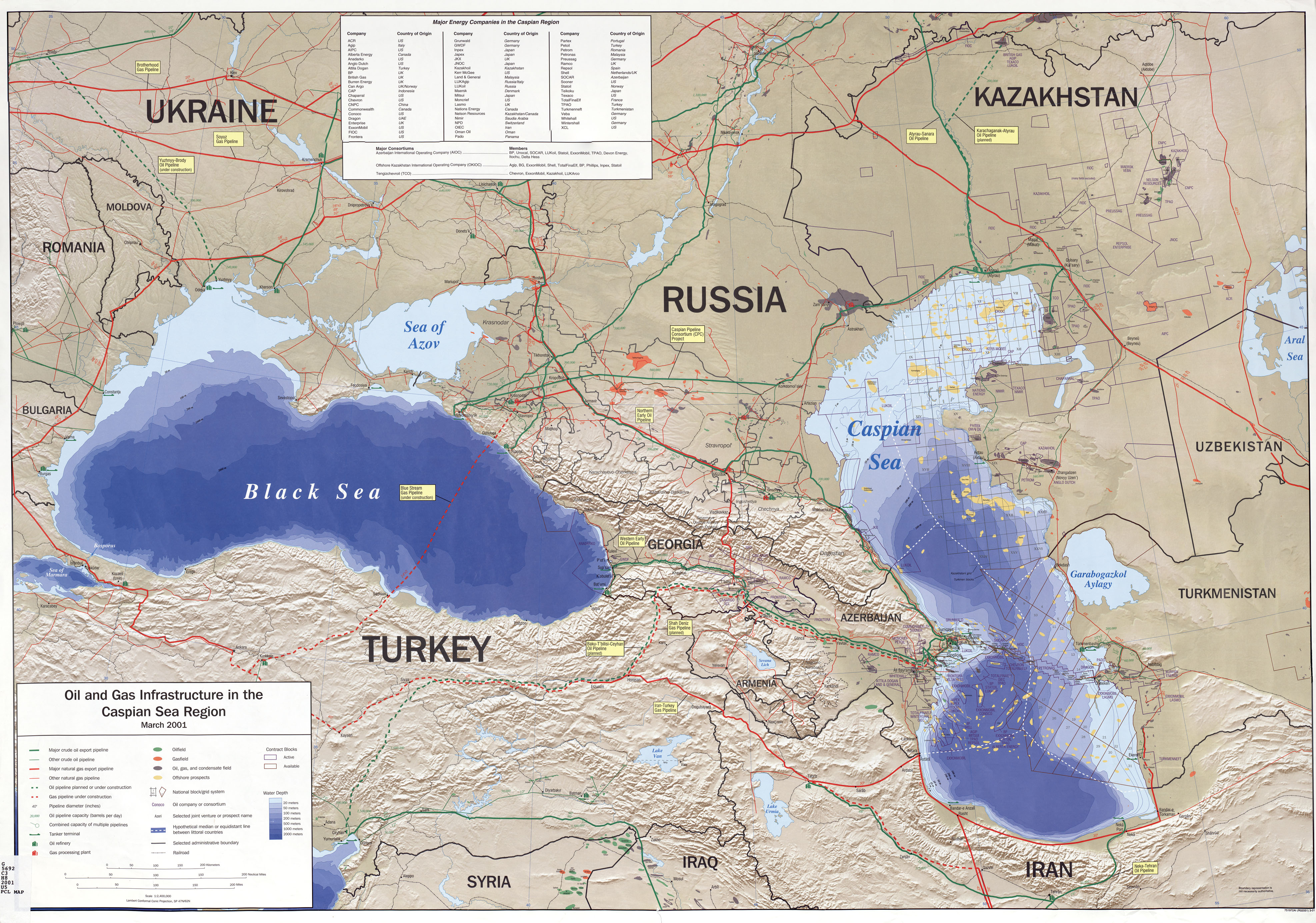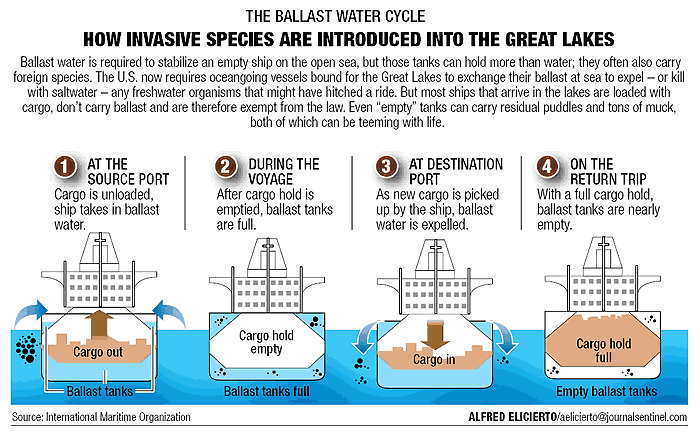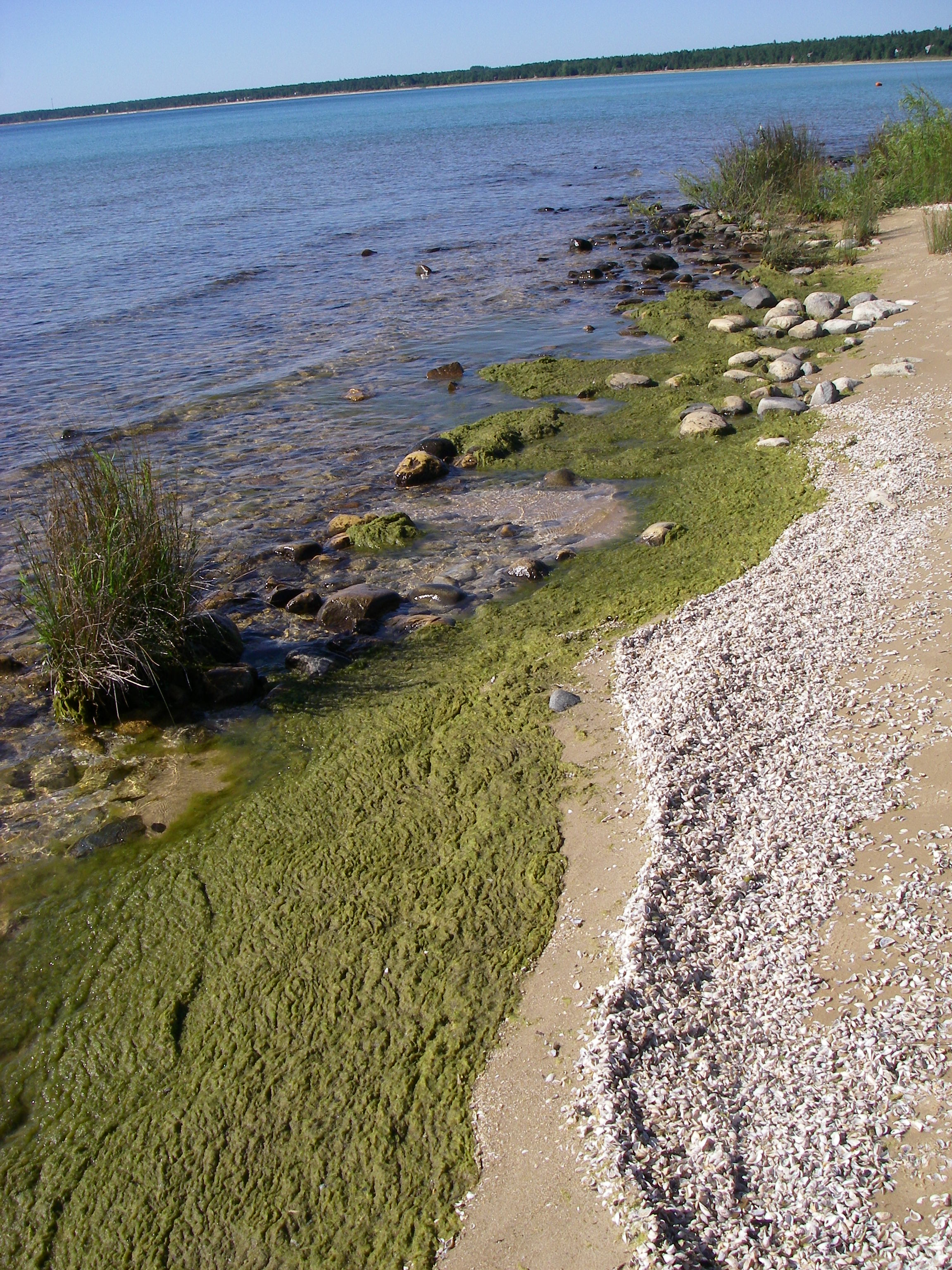Benthos: the living things on and in the sediment at the bottom of the lake, river or stream. When the Inland Seas staff and instructors gathered in March to catch up on what’s new in the benthic zone, there was a lot to talk about. The most commonly forgotten part of the ecosystem is often the place where big changes are taking happening. And at Inland Seas we’re tracking those changes. So, what’s up with the bottom of the lake?

The biggest story happening in the benthic layer is the massive changes seen by the introduction of Zebra and then Quagga mussels. If you’ve never heard of Quagga mussels you’re not alone. They look a lot like a Zebra mussel, and unless you knew what to look for, you’d never know that they have been pushing out Zebra mussels over the last 15 years, to the point that there were no significant concentrations of Zebra mussels in Lake Michigan at all as of the 2010 survey done by NOAA GLERL. This is in stark contrast to 1994-95 when Zebra mussels first started showing up on the Eastern shore of Lake Michigan, when we started to see fewer and fewer of the dark, palm-sized native mussels.
So where did these exotic mussel colonies come from, how did they get here, and what can be done about it?
Both Zebra and Quagga mussels come from the Black and Caspian Sea waterways – semi salty bodies of water that serve as shipping channels for many industries. There is some question as to whether these seas count as seas or lakes due to their lack of salinity and the narrow outlet to the ocean. Ships that unload cargo in these regions take on ballast water to steady themselves, which they later discharge in the Great Lakes, along with species local to the seas (and vice versa). It’s now against the law to discharge untreated ballast water in the Great Lakes, but now that we have Zebra and Quagga mussels in the Great Lakes, they are here to stay.


Is there really nothing that we can do to combat invasive mussels?
This video mentions that some measures are being taken to reduce the populations of invasive mussels, but it’s unlikely that we will ever see an elimination of Zebras and Quaggas in the Great Lakes. All we can do is prevent the further spread into inland lakes. Quaggas could continue to damage lakes as they are introduced. Please be sure to clean and dry your watercraft to prevent the spread of invasives.
Ok, so they’re here to stay. Is it all that bad? What do they actually do?
Invasive mussels have already had a big effect on all levels of the lakes, and their effect continues to be seen in new ways each season. One of the more obvious effects is the clogging of intake pipes for water filtration plants, power plants, and the like. Divers periodically go down to maintain these pipes by scraping or pressure-washing mussels off of them – the cost of which is passed onto the consumers using the service.

Another direct effect of Zebra and Quagga mussels can be seen in the explosion of cladophora and other aquatic vegetation. These invasive mussels have allowed cladophora and other algae to grow out of control – creating issues for a stable lake ecology. Those include:
Concentrating biomass on the bottom of the lake.
When filter feeders – like quagga mussels – remove plankton from the water column, they digest the nutrients they need and excrete the rest of what they absorb as a phosphorous-rich fertilizer. By removing nutrients from the upper regions of the lake and promoting algae growth on the lake bottom, they mussels effectively turn the lake upside-down. This big change in where the nutrients are in the lakes is potentially having a big effect on fish populations – reducing the number of fish that the lake can support.
Reducing the areas for native fish to spawn.
Most native fish need rocky areas in relatively shallow water to lay their eggs, and increasingly they are finding this prime real estate covered in vegetation – especially cladophora. Because the water is being filtered by mussels, sunlight can penetrate deeper, bathing spawning areas in light which promotes plant growth.
Producing mats of cladophora
Cladophora is a native algae that is harmless in normal amounts. Since the introduction of mussels, though, cladophora has become a nuisance that can produce serious ecological and public health challenges. When cladophora grows in abundance in anoxic (oxygen deprived) conditions it can produce botulism type E. (Type E is not terribly dangerous to humans – but type C can be deadly. Types A & B are used in Botox treatments.) Botulism of any kind is a neuro-inhibitor, and the type found in cladophora mats can paralyze fish, birds, and all parts of the food web that connect with those organisms. In birds botulism type E can cause paralysis, causing them to die of drowning or starvation.

While the situation might seem grim given all of this information, it’s important to keep in mind that there are many benthic species thriving, and many of the worrying trends mentioned above may be changing course (more data is needed to know for sure). In the meantime, Inland Seas will continue to monitor the status of and educate the public on benthos.